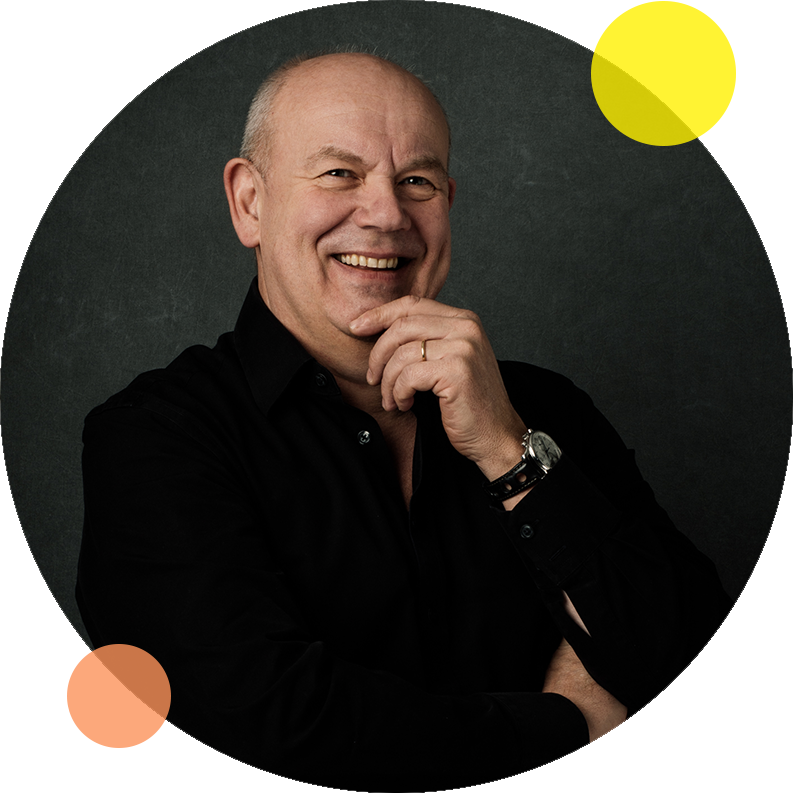
Marketing, e-commerce en klantcontact: alle drie zijn ze nadrukkelijk met elkaar verweven. Er wordt bovendien steeds meer over bedrijven gepraat dan mét bedrijven. Daar dien je op in te spelen als organisatie. En ook de klantgerichtheidsprofessional moet het allemaal overzien, stelt Serge Poppes, CEO van Pegamento. “Je kunt het je niet meer veroorloven om alleen maar specialist te zijn.”
“Convenience moet altijd leidend zijn in klantcontact.” Dat stelt de CEO van Pegamento, met zeventig man personeel marktleider in het specifieke segment van alles wat met klantcontact en innovatie te maken heeft. “Waarbij het dan de kunst is om éxtra je best te doen op momenten die waarde toevoegen voor de klant.” Dat is dan ook precies de focus van Pegamento, dat in weinig nog lijkt op het oude callcenterbedrijf van weleer. “We hangen alles op aan de zintuigen”, zegt Poppes. “Maar ook aan waarde en tijd.”

Marketing, e-commerce, and customer contact: all three are explicitly intertwined. Moreover, people are increasingly talking about businesses, rather than with businesses. As an organisation, you need to respond to this. And the customer-facing professional has to oversee it all, says Serge Poppes, CEO of Pegamento. "You can no longer afford to be just a specialist."
"Convenience should always be the leading factor in customer contact." So says the CEO of Pegamento, which with 70 employees is market leader in the specific segment of everything related to customer contact and innovation. "Whereby the key is then to do your utmost best at moments that add value for the customer." That is precisely the focus of Pegamento, which bears little resemblance to the old call centre company of the past. "We attach everything to the senses," says Poppes. "But also to value and time."
Human touch is essential
Innovation is often about connecting things. It is no different in modern customer contact. "The online and offline worlds come together," he says. But the real value for customers always arises when you talk to a customer. "The human touch is essential as far as we are concerned. AI processes make things easy and take work off your hands. Convenience, in other words. But what if a product or service is poor, and then you still have to deal with a chatbot that doesn't help you adequately, because, after all, a robot has no empathy? That will drive you crazy! You can't incorporate everything of real value into technology." According to Poppes, it is always about the collaboration between humans and technology. "An employee speaks to the customer, and AI reads along and arranges the process."
Human touch remains an essential part of customer contact
Three elements
According to the Pegamento CEO, the following three elements are increasingly intertwined: marketing, e-commerce, and customer contact. "If you are well versed in these elements, they don't become three silos that are technologically far apart. In practice, this is often different. This is where companies can make great strides."
Technology and speed of execution have made the various elements grow closer to one another. "People's patience curve has become shorter and businesses are expected to adapt to this," he says. And that is, in fact, happening more often. Companies are using technology to respond to demand more quickly, with personal contact sometimes still falling away. And that is a pity, because that is exactly how you, as a business, can make a difference.
Customer communities
Part of ongoing digitalisation, according to Poppes, is that customers nowadays talk about you rather than with you. "Simply consider complaints on social media, which occur much more frequently than customers contacting you directly." Customers also talk about your business in other ways. Namely within (customer) communities, which have become ubiquitous in the world of technology. "These communities are ecosystems that arise from the fact that users start helping each other. That works very well: customers helping other users and then often 'earning' something from it."
All the developments currently taking place are the playing field of the customer-facing professional. Often, professionals in this industry have a particular specialism, such as AI, software, or telephonic customer contact. But that doesn't mean they can remain focused on themselves. "There is more innovation available than many professionals think. It's about combining innovations and elements to ensure that the professional has the best digital workplace. This allows them to collaborate optimally with colleagues and customers and to obtain the right insights into data to make the right decisions. A good customer-facing professional oversees this playing field to provide exceptional customer service. You can no longer afford to be just a specialist."
Conclusions
- The patience curve of customers is shorter
- Customers talk about you more than what they talk to you
- Become a generalist, not a specialist
This article was taken from the PvKO Magazine 'Moving towards the next 20 years of customer-oriented business together', created as a retrospective of the PvKO Winter Festival.
